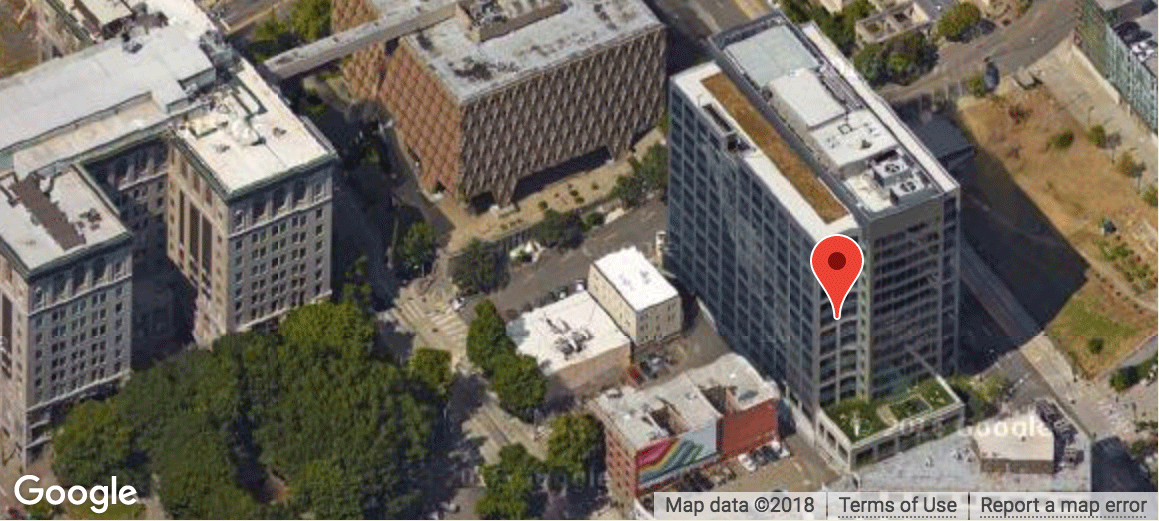FAQs

A: King County Executive Dow Constantine and Seattle Mayor Ed Murray are teaming up with the University of Washington Green Futures Lab and Bullitt Foundation to build healthy communities, create more economic opportunity, and reduce air and water pollution in the 500-square-mile Green/Duwamish Watershed.
The goal is to better coordinate work already being done at the local, state, and federal levels to manage habitat restoration, salmon recovery, flood control, public health, waste site cleanups, economic development, open space preservation, and more.
While several agencies already oversee these priorities, there is currently no framework to coordinate programs or projects. This is a critical gap that needs to be addressed. We have a great foundation for cooperation to build from, with shared work on salmon recovery through the Green/Duwamish Watershed Ecosystem Forum and Urban Waters Program.
Q: Who will be involved?
A: Over the next 18 months, the City and County will work with the Green Futures Lab and Bullitt Foundation to convene a Watershed stakeholder advisory group comprised of elected officials, business leaders, trade unions, urban planners, regulatory agencies, environmental groups, community representatives, and public health organizations.
The group will be tasked with devising a strategic plan to coordinate projects and programs across the entire Watershed by using the best available science, taking advantage of emerging technologies, and delivering the best possible outcomes for our investments.
The approach of the Green Futures Lab’s Regional Open Space Strategy (ROSS) involves bringing together decision-makers, planners, businesses, and individuals with the power to make smart, regional-based, and coordinated decisions to support open space in the Central Puget Sound. ROSS is part of a growing national movement to invest in a more comprehensive approach to regional planning that explores how investments in natural systems support a broad set of community objectives beyond land conservation and habitat protection.
Q: How long will it take to develop a watershed strategy?
A: We estimate it will take 18 months. A tremendous amount of work has already been done, but we need to make sure there is time to adequately assess the linkages between programs, assess gaps, and provide opportunities for stakeholders to participate.
Q: How much will this new strategy cost?
A: The cost for strategy development is very small relative to expected spending over the coming decade for water quality, habitat, flood hazard reduction, open space protection, and public health. To meet all these needs, we want to coordinate our investments for the best outcomes, and be able to show our residents how we’re making the best use of public dollars. The strategy will enable us to pool resources and target projects and programs that fulfill multiple public benefits.
Q: Will investment in this broader strategy affect commitments to cleaning up the Lower Duwamish?
A: King County and the City of Seattle remain strongly committed to the cleanup and protection of the Lower Duwamish Waterway, and in fact, have already invested $98 million in early action cleanups, monitoring, and studies. But we know the Superfund cleanup alone won't move the needle on the community's most pressing concerns, such as air quality, public safety, and childhood asthma rates. Making the cleanup part of a holistic strategy is about ensuring the best possible outcomes for human and environmental health.
Better coordination between local governments, non-profits, business groups, and community representatives will help us tackle the bigger issues in Duwamish-area communities that are beyond the ability of one organization or local government to solve alone.
Q: How can I get involved?
A: There will be many opportunities for people to stay informed and involved as the strategy takes shape. King County’s Green/Duwamish website will offer regular news and updates as well as meeting notes, maps, and other information of interest. The Green Futures Lab website is an excellent source of ongoing information as well.
People can also sign up for email news, or attend Watershed Advisory Group meetings. Of course, people are always encouraged to direct questions or concerns to the Executive or Mayor, or become involved in the many stakeholder groups that will be participating in the development of the strategic plan.
| King County Executive Dow Constantine |
 |
|
Read the Executive's biography |
|

 Translate
Translate
